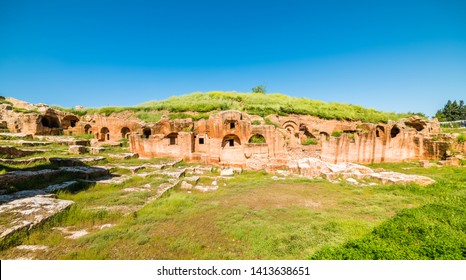
The city of Assur burst onto the scenes after the Assyrian Empire was formed.

ASSUR ( ASHUR)Īrchaeologists today commonly believe that the Mesopotamian city of Assur was situated around the western part of the Tigris River. Legend has it that the garden, which was filled with all sorts of trees and flowers, was built as a gift for the Nebuchadnezzar’s wife, Amytis of Media.Īs the capital city of the Babylonian Empire, Babylon’s population of over 250,000 made it the largest city in the world at the time. The ancient city of Babylon, located in modern-day Baghdad, was also famous for housing the Hanging Gardens of Babylon – one of the Seven Wonders of the Ancient World. Nebuchadnezzar and subsequent rulers from the Semitic dynasty reinforced the need for equal rights for women and men in the city of Babylon. The King was a deeply polytheist ruler who stretched the boundaries of the empire into other parts of the region.
ANCIENT CITIES OF MESOPOTAMIA CODE
King Hammurabi (reign – 1792 – 1750 BC) was credited with the introduction of the Hammurabi Code (around 1755 BC) – one of the world’s first legal codes that pronounced just punishments on offenders, regardless of gender or social status.Īs for Nebuchadnezzar, his story abounds in the Christian Bible. In archaeological terms, Babylon is famous simply because of two renowned kings – Hammurabi and Nebuchadnezzar. Babylon also became famous due to it being mentioned a number of times in both Christian and Islamic literature. In some regard, the city-state of Babylon was the greatest city in ancient Mesopotamia. Hammurabi receiving the laws from Code of Hammurabi Sargon was able to make Akkad the center of his expanding empire, bringing in people from the north as well. Under Sargon the Great, the city-state of Akkad (as well as the Empire itself) developed in leaps and bounds. This resulted in Akkadian language replacing Sumerian language. It came to greatness starting around 2400 BC, after Sumerian city states in the south went into decline. The city of Akkad was the largest city among the Akkadians (the Akkadian Empire). Up until the Akkadians came unto the scene, the city of Uruk’s boundaries stretched very far it gulped up several neighboring cities around the Euphrates River. The city’s developed agricultural and administrative structures made it possible for such large population to thrive. Littered with a host of mud brick houses, Uruk is believed to have had about 50-80 thousand inhabitants, making it the largest city on earth at the time. Situated in southern Mesopotamia, Uruk took about 300 years to reach its zenith in 2900 BC.

Dating back to about 3200 BC, the city is generally considered as one of the first civilized cities to spring up in the region. Genesis 11:31 - "They went from Ur of the Chaldees, to go into the land of Canaan.Uruk was an ancient city-state of the Sumer people (i.e.

The Bible records Mesopotamia as the city of Nahor, Abraham's brother (Genesis 24:10). But the heart of ancient Mesopotamia was in the northwest where the Euphrates made a huge bend at the northern portion of the Tigris as shown in the map above. The rivers were so large that the land was considered an "island" that was between them. Although the courses have changed dramatically since ancient times we know the area was nearly 700 - 1000 miles long and nearly 300 miles across. The word Mesopotamia means the land "between the rivers" which were the Tigris and Euphrates. Map of Ancient Mesopotamia (3rd Millenium BC)

He arose, and went to Mesopotamia, to the city of Nahor." Genesis 24:10 - "The servant took ten camels, of his master's camels, and departed, having a variety of good things of his master's with him.


 0 kommentar(er)
0 kommentar(er)
